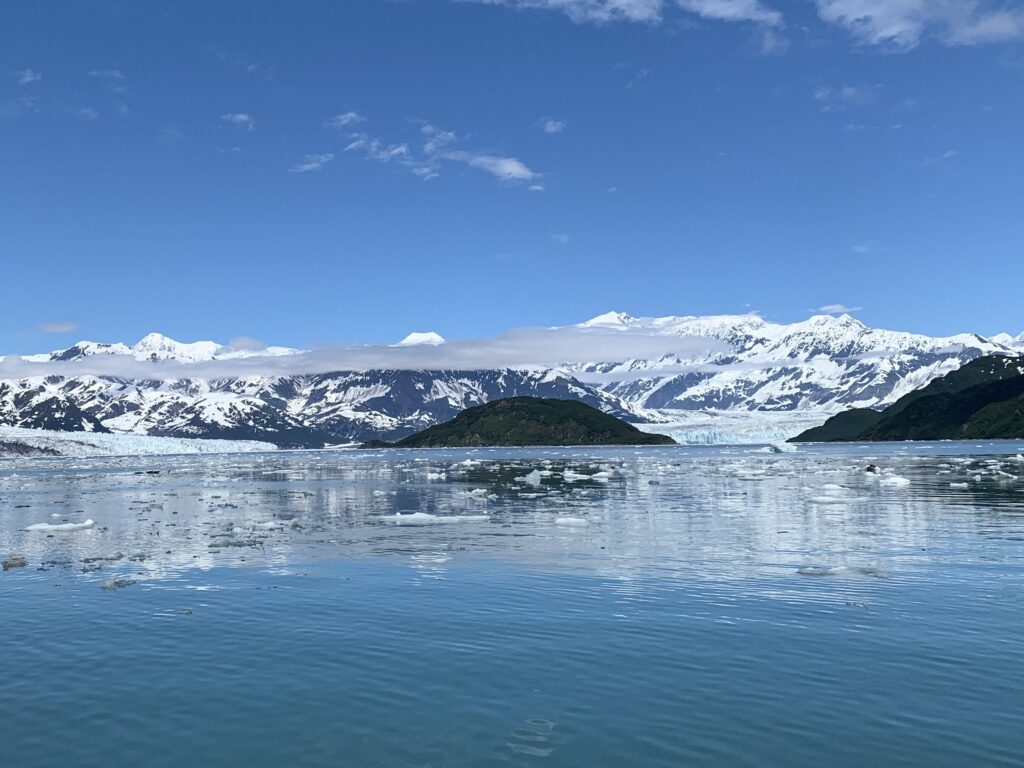Subduction zones are the source of the world’s most dangerous earthquakes and tsunamis. UTIG’s researchers are on a mission to understand them By Constantino Panagopulos On Jan. 26, 1700, a barrage of tsunamis ripped across the Pacific Ocean at the speed of a jet liner. The 100-foot waves slammed into the northwest coast of America… Continue Reading In Search of the Next Big One
Scientists Plan Major Research Program to Understand Earth’s Most Dangerous Hazards
The University of Texas at Austin has joined leading scientists on a bold new effort to understand Earth’s largest earthquakes and volcanic eruptions. The plans were detailed in a new report published Nov. 7 with the backing of 55 universities. Demian Saffer, the director of the University of Texas Institute for Geophysics (UTIG) and one… Continue Reading Scientists Plan Major Research Program to Understand Earth’s Most Dangerous Hazards
Deepest Scientific Ocean Drilling Sheds Light on Japan’s Next Great Earthquake
Scientists who drilled deeper into an undersea earthquake fault than ever before have found that the tectonic stress in Japan’s Nankai subduction zone is less than expected, according to a study from researchers at The University of Texas at Austin and University of Washington. The findings, published in the journal Geology, are a puzzle because… Continue Reading Deepest Scientific Ocean Drilling Sheds Light on Japan’s Next Great Earthquake
Demian Saffer to Give AGU’s 2022 Francis Birch Lecture
FRANCIS BIRCH LECTURE Fluids, Friction, and the Offshore Subduction Megathrust Wednesday, 14 December 20224:45 PM (CT)McCormick Place – E354a (Lakeside, Level 3)Abstract Demian Saffer is to receive the American Geophysical Union’s Francis Birch Lecture, an award that recognizes significant contributions to the study of the Earth’s interior and is among the highest honors given to… Continue Reading Demian Saffer to Give AGU’s 2022 Francis Birch Lecture
Blue Sky
Changing the World with High-Risk, High-Reward Research By Constantino Panagopulos Sometimes, to make a discovery, a scientist must take a chance on an idea, let it free into the sky and see where it lands. At the University of Texas Institute for Geophysics (UTIG), visionary thinking is recognized and encouraged among its researchers and indeed… Continue Reading Blue Sky





